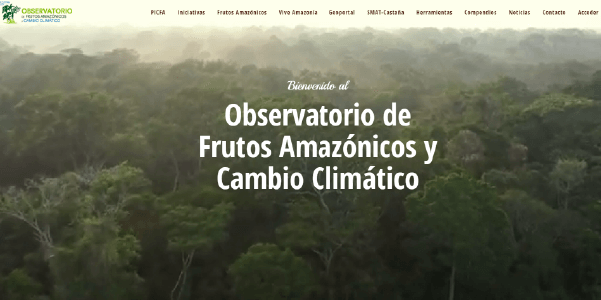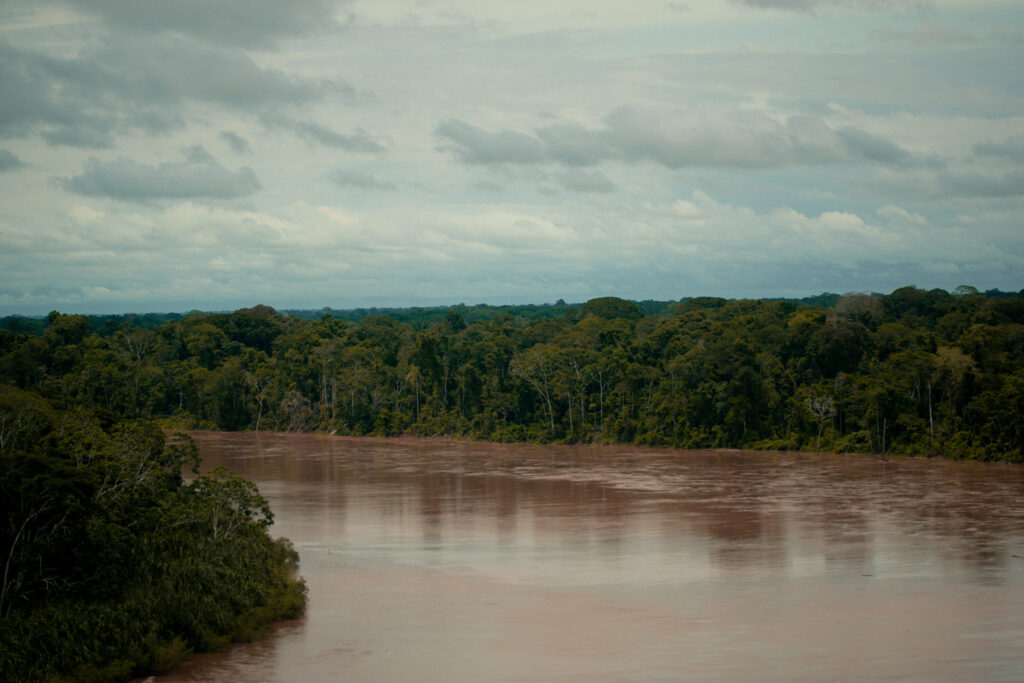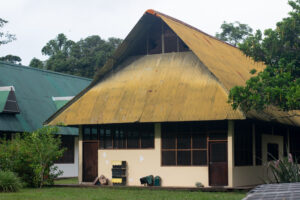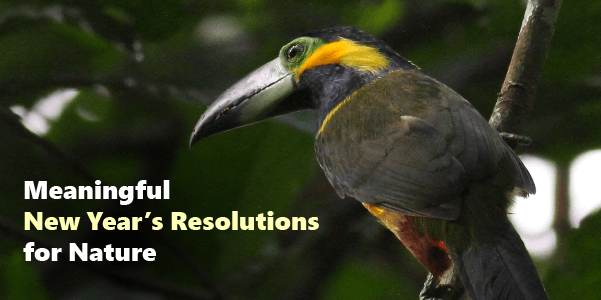 This month we launched the Amazon Fruit and Climate Change Observatory in Bolivia, which is the culmination of a 10-month project that focuses on strengthening the management of non-timber forest products in the Bolivian Amazon rainforest such as açaí, Brazil nuts, cacao or copoazu. Not only do non-timber forest products help prevent deforestation by placing economic value on keeping forests standing, the diversification of fruits helps local communities mitigate and adapt to climate change.
This month we launched the Amazon Fruit and Climate Change Observatory in Bolivia, which is the culmination of a 10-month project that focuses on strengthening the management of non-timber forest products in the Bolivian Amazon rainforest such as açaí, Brazil nuts, cacao or copoazu. Not only do non-timber forest products help prevent deforestation by placing economic value on keeping forests standing, the diversification of fruits helps local communities mitigate and adapt to climate change.
The Amazonian Fruits and Climate Change Observatory is a virtual repository that compiles and shares important information on Amazonian forest products such as Brazil nuts, açaí, cacao, copoazu, majo and royal palm. Additionally, it provides updates on the state of forests and climate change in the department of Pando, Bolivia. It also features geographic information and technical documents with relevant information on the value chains of the region’s main Amazonian fruits, and tools that allow the socioeconomic monitoring of a specific harvesters’ initiative and production. Users are also granted access to a compilation of documents with information relevant to climate change and forest-sector related public policies.
Through the Observatory, this information is made available to all stakeholders involved in the processing of forest products, including local harvesters, public and private technical assistance institutions, private entrepreneurs and government decision-makers. This directly benefits around 87,500 people linked to the harvest of Amazonian fruits in Pando, Bolivia, including indigenous and local communities, along with 9 local enterprises developing capacity for the use of the information generated by the Observatory.
Thanks to the harvest of Amazonian fruits, deforestation and slash-and-burn are low in Pando compared to other parts of the Bolivian Amazon, turning this area into a refuge for the Bolivian lowlands. As the Observatory website states, “A healthy forest is a productive forest. A productive forest is a forest resilient to climate change.”
This project would not be possible without the support of the EUROCLIMA+ program. For more information about the observatory please visit the website here.




